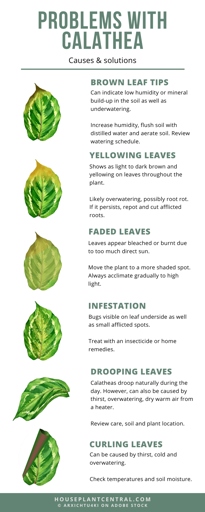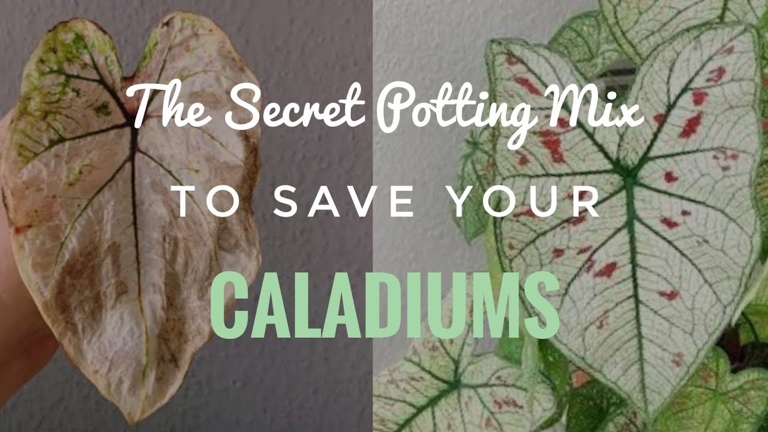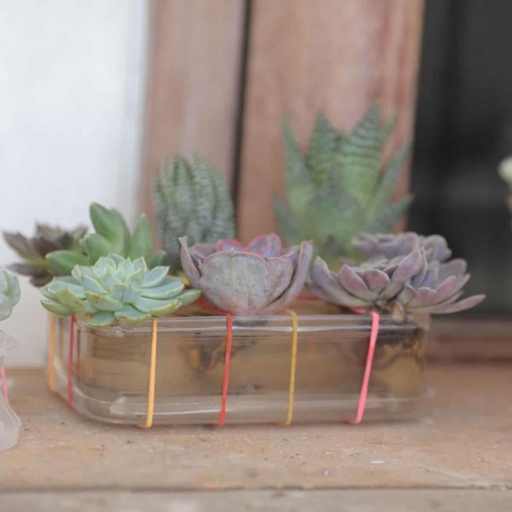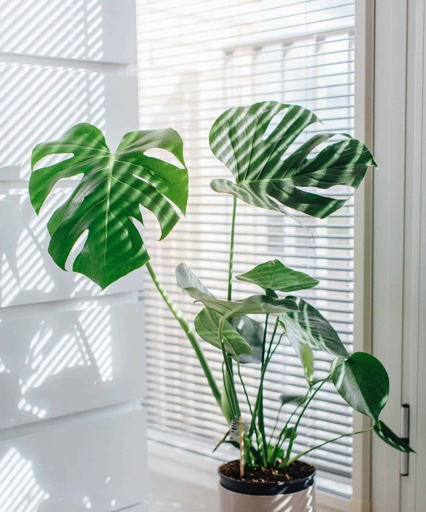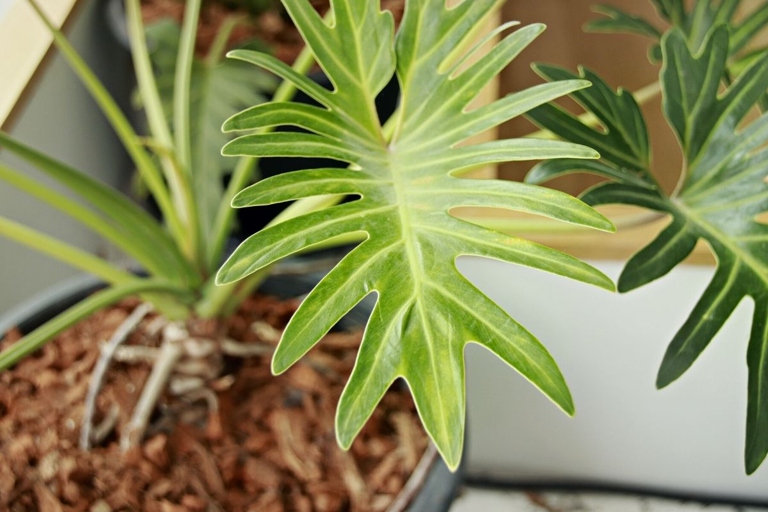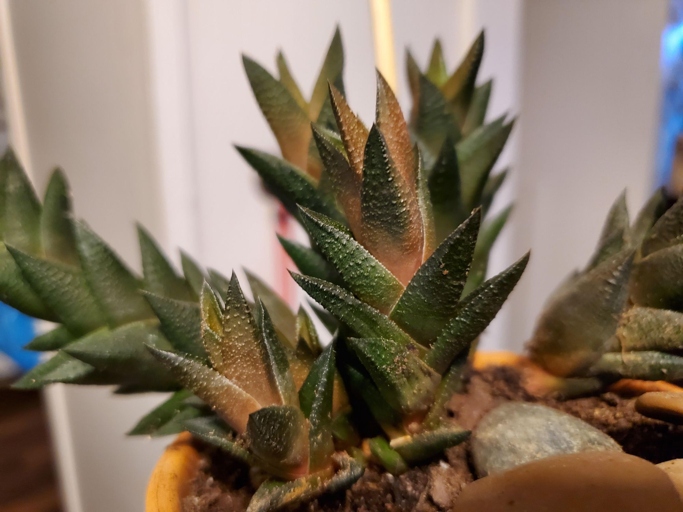Causes of Yellow Spots on Calathea Leaves (And Treatment)
If you have ever noticed small yellow spots on the leaves of your Calathea plant, you may be wondering what causes them. While there are a few different things that could be to blame, the most likely culprit is a lack of humidity. Calathea plants are native to tropical regions and need high levels of humidity to thrive. If the air in your home is too dry, the leaves of your Calathea plant will start to turn yellow. The good news is that this problem is easy to fix!

